Summary
- Demon Slayer’s manga is more dialogue-heavy than the anime, providing deeper insights into characters.
- The anime showcases Hashira training, adding visual depth and emotion absent in the manga.
- Muzan’s anime entrance is intense, with epic music and angles creating a cinematic feel absent in the manga.
Demon Slayer is an anime that took the world by storm when it released. Ufotable managed to take an already really great manga and turn it into one of the best modern-day anime ever. Demon Slayer’s most talked about aspect is its amazing animation and visuals, which really elevate the story to the next level.
The Demon Slayer anime and manga both tell the same core story, but they do so with distinct approaches that cater to different strengths. The manga, with its narration and dialogue, creates a richer narrative experience for readers, while the anime elevates the material with stunning visuals and action sequences. Fans often notice key differences between the two mediums, which highlight their unique storytelling styles.
8
The Manga Is More Chatty
There’s More Dialogue In The Demon Slayer Manga
The Demon Slayer manga is packed with dialogue that goes beyond what’s shown in the anime. Conversations between characters are often longer and provide added humor and insights into their personalities.
For example, Aoi from the Butterfly Mansion is depicted to be much more kind in the anime than in the manga through some dialogue choices. The anime streamlines these interactions for pacing purposes, making the storytelling more concise. However, this trimming can sometimes leave out charming or meaningful exchanges that fans of the manga appreciate.
7
Narration
The Narration In The Manga Is More Insightful
Narration plays a much bigger role in the manga, offering readers an in-depth look into the characters’ thoughts. It helps establish the emotional stakes in ways that the anime does not always explore.
This level of insight deepens the reader’s connection to the story, whereas the anime relies more on visuals and dialogue to convey the same emotions. This difference is especially evident in scenes involving Tanjiro’s reflections or the tragic backstories of demons. Another important area is the mention of Tengen’s explosive strength, which is pointed out in the manga but is only visually depicted in the anime.
6
Tengen
Tengen Is Given The Closure He Needed After The Entertainment District Arc
In the manga, Tengen Uzui, the flamboyant Sound Hashira, is given more emotional closure following the Entertainment District Arc. After his intense battle alongside Tanjiro and the others, the anime explores Tengen’s retirement, and the role he plays in the Hashira training arc.
These moments add more weight to his character arc and his decision to step down as a Hashira. For manga readers, this deeper exploration of Tengen’s post-battle arc is missed but is a much-needed addition that adds a lot of depth to his character in the anime.
5
Hashira Training Arc
Shows Why The Hashira Are The Hashira
The Hashira Training Arc in the anime is explored much more deeply into the process that shapes the Hashira into the elite demon slayers they are. This arc also showcases how the Hashira mentor and inspire younger Demon Slayer Corps members, and the responsibility that comes with their status.
While the manga is brief and highlights the physical challenges of this training, the anime offers visually distinct fights that were absent in the manga, showing the Hashira also training with each other instead of teaching other Demon Slayers. This added depth reinforces why the Hashira are so revered within the Corps.
4
Hashira Emotions
The Hashira Are Much More Emotional As Compared To Their Stoic Manga Versions
In the manga, the Hashira are often portrayed as stoic but incredible warriors who prioritize duty over personal feelings. Their emotions are more subdued, emphasizing their strength and focus in the face of adversity.
The anime, however, focuses more on showing the Hashira’s more emotional side, and telling their backstories which shaped them into the warriors they are today. For instance, in the anime, the origin story for Giyu and Sanemi is much more graphic. This difference makes the anime’s portrayal of the Hashira have much more depth and adds layers to the story that were previously absent from the manga.
3
Muzan’s Entry
Muzan’s Entry At The Ubuyashiki Mansion Is So Much More Intense
Muzan’s arrival at the Ubuyashiki mansion in the anime is a masterclass of dread. The buildup to the incoming war of the demon slayers against the demons was always there, but in the anime this scene was stretched out into a sequence that put on epic music and multiple angles, making it feel like a scene out of Bollywood movies.
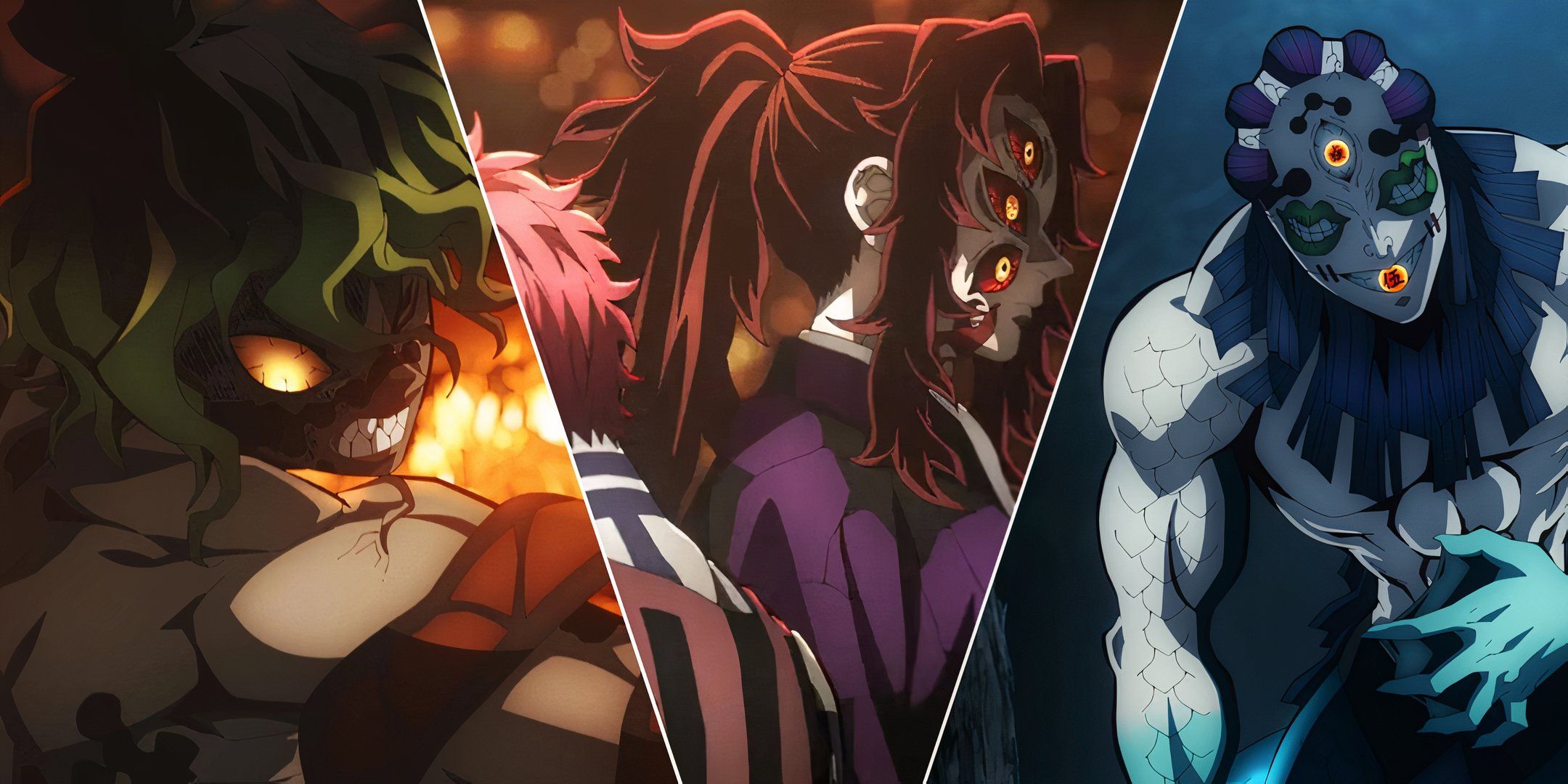
Related
Demon Slayer: 10 Strongest Blood Demon Arts
Learn all about the strongest Blood Demon Arts in Demon Slayer!
Muzan’s presence in this scene feels truly apocalyptic, with his dialogue reinforcing his disdain for humanity. This makes his confrontation with the Ubuyashiki family more harrowing in the anime than in the manga.
2
The Manga’s Art Style
The Distinct Art Style In The Manga Was Its Initial Claim To Fame
The Demon Slayer manga’s art style was wonderfully stylized during its initial release and wasn’t just popularized by the anime. The manga was great at depicting emotions through sharp, expressive faces, and its use of detailed paneling was unique during both dialogue-heavy scenes and action-packed moments. The style feels grounded and perfectly complements the dark yet hopeful tone of the story.
On the other hand, the anime transforms this art style into a more polished and vibrant modern artstyle that you have come to expect from high-budget shōnen anime. Ufotable’s cutting-edge animation and use of digital effects elevate the manga’s designs, creating a cinematic experience praised the world over.
1
Battle Scenes
The Anime Has Much More Action That’s Visually Amazing
While the manga’s battles are compelling in their own unique way, the anime takes these moments to another level. Ufotable’s animation studio brings the fight scenes to life with such finesse that it’s incredibly hard to imagine the innovation that came with creating such amazing visuals that showcase the intensity of each battle.
Examples include the Hinokami Kagura dance and Tengen’s explosive Sound Breathing techniques that look visually stunning in the anime, far surpassing their manga depictions. Additionally, the anime’s use of music and sound design enhances the emotional weight of the fights, turning already impactful scenes into unforgettable moments. In comparison, the manga’s battles rely more on still frames and imaginative panel work, leaving the choreography and flow up to the reader’s interpretation.
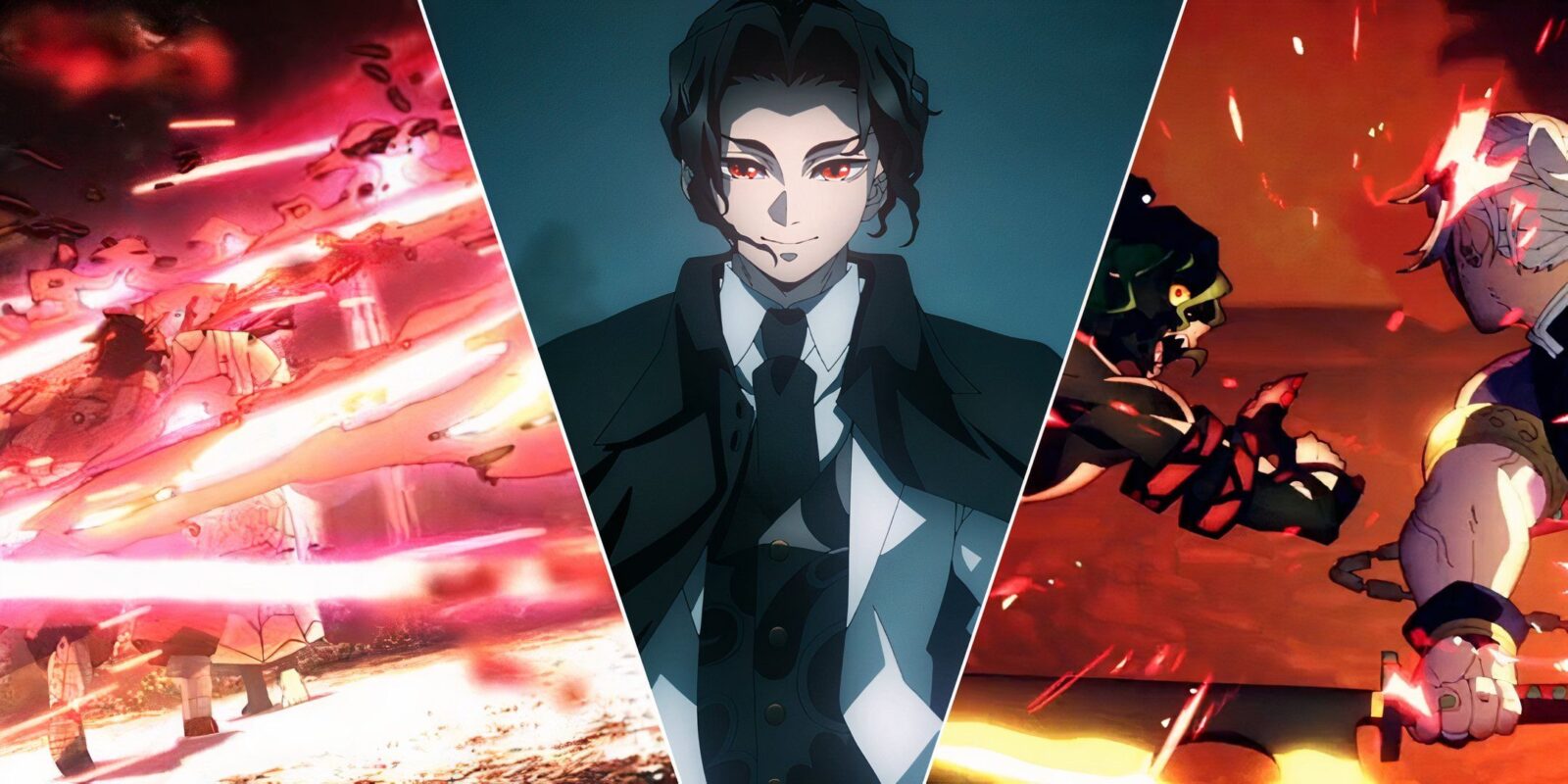
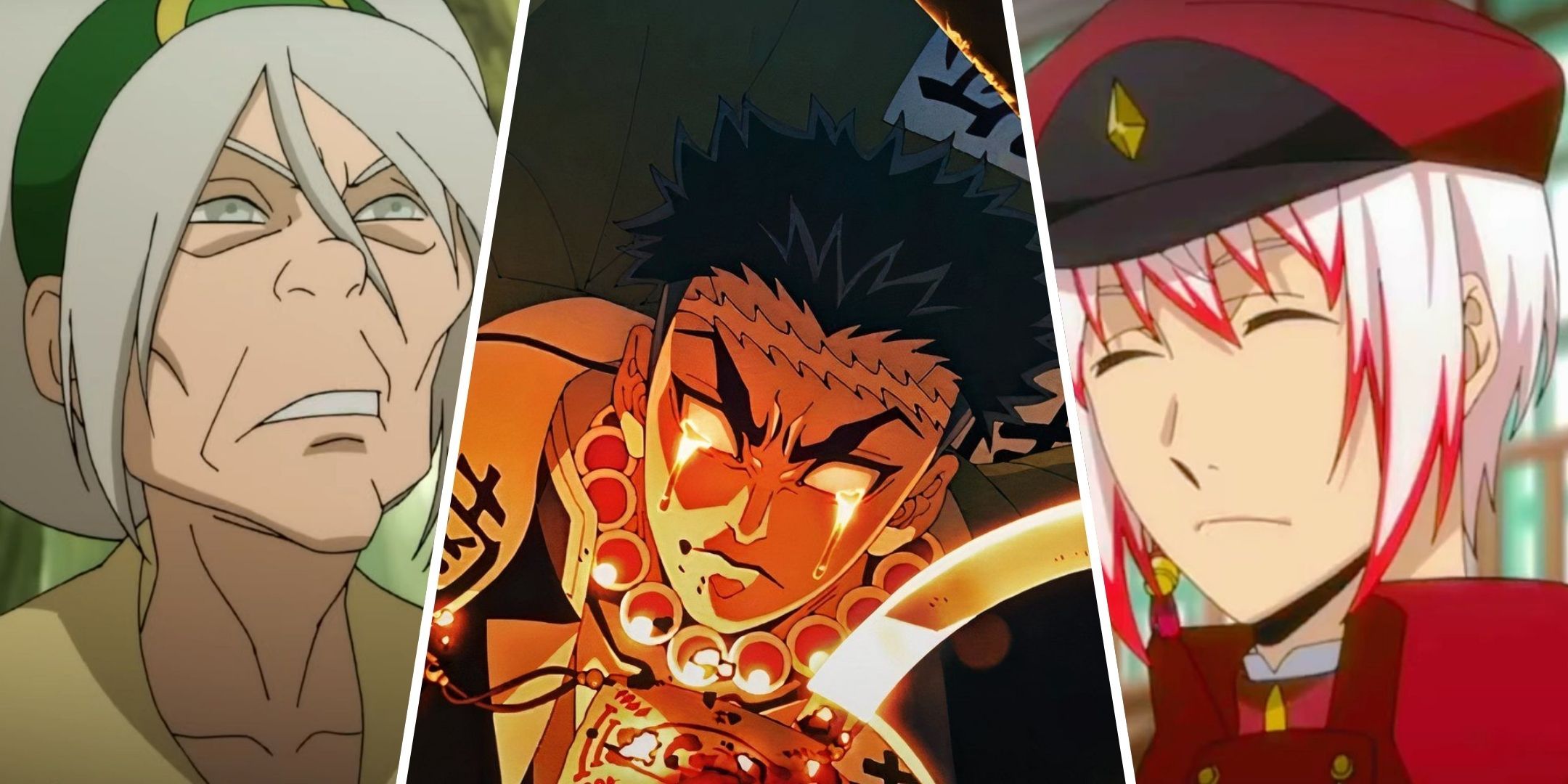
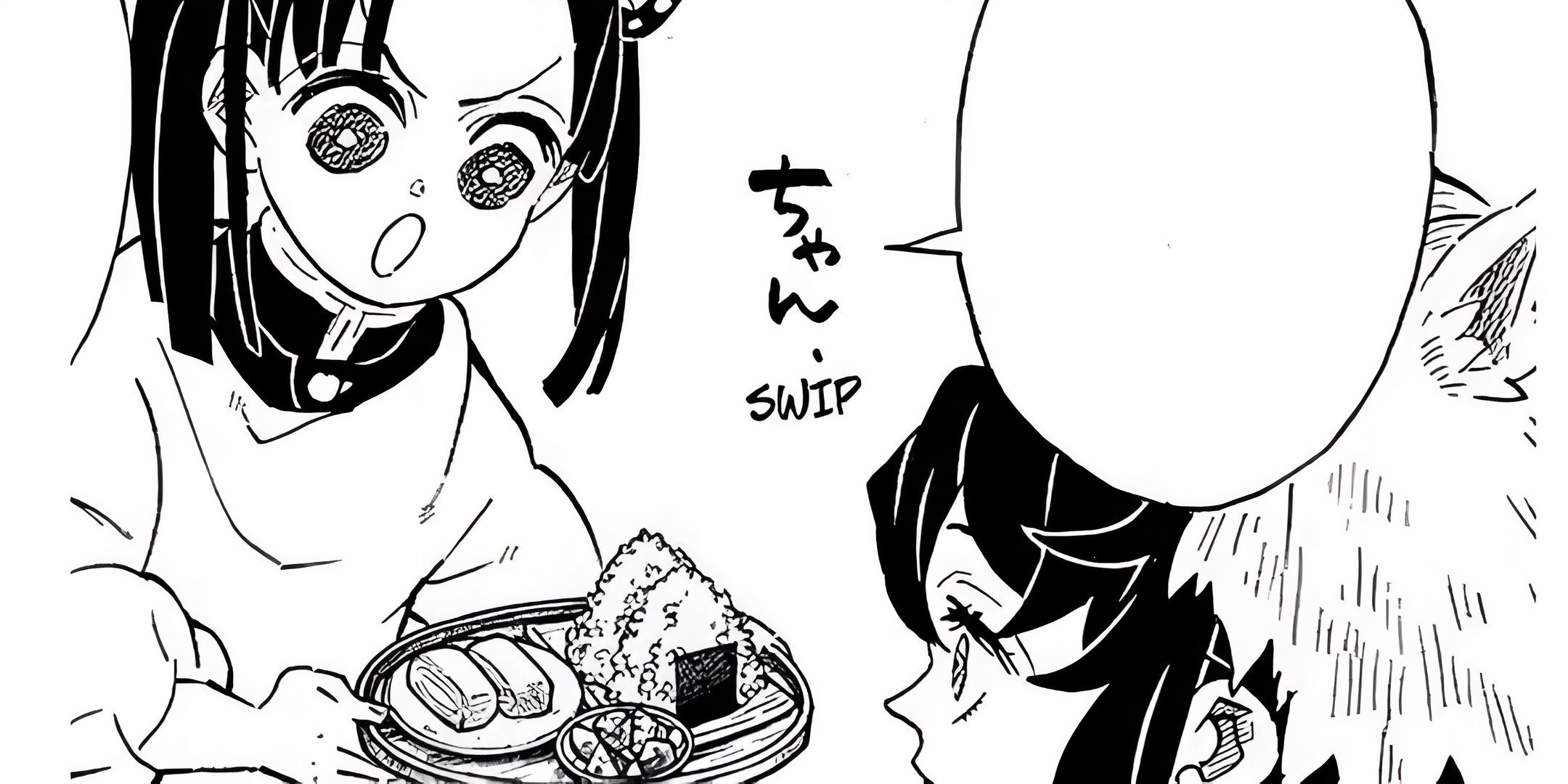
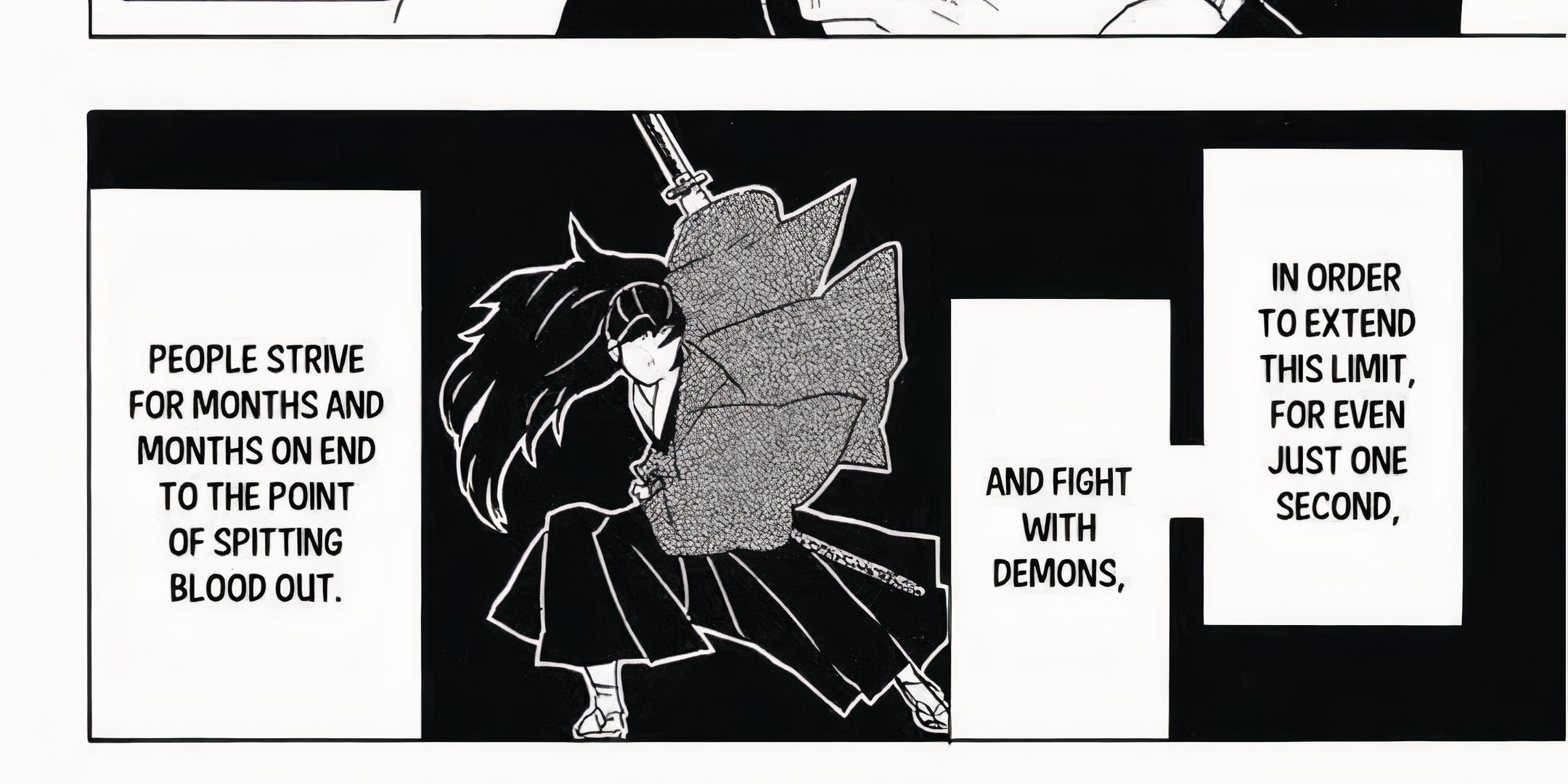
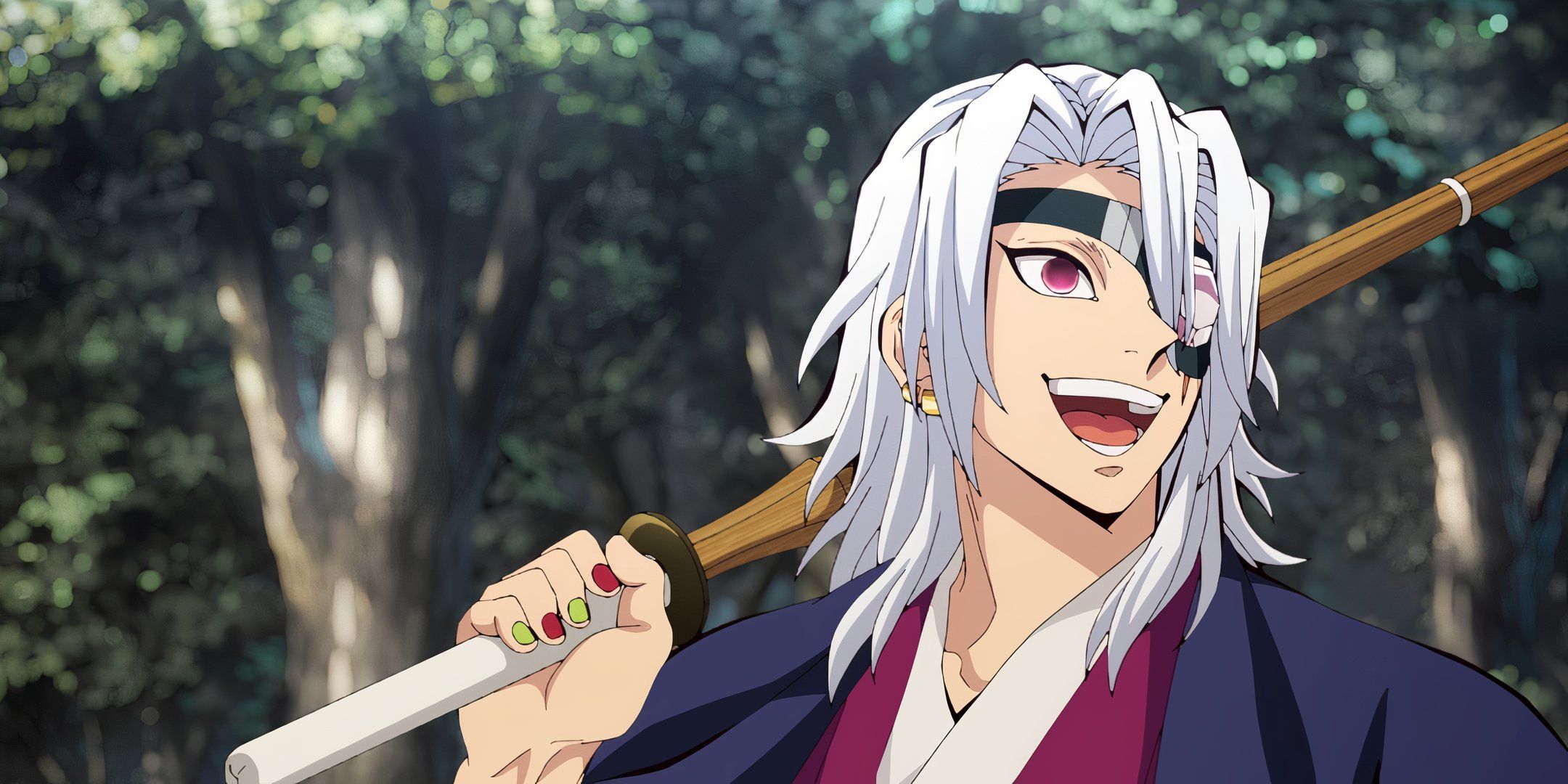
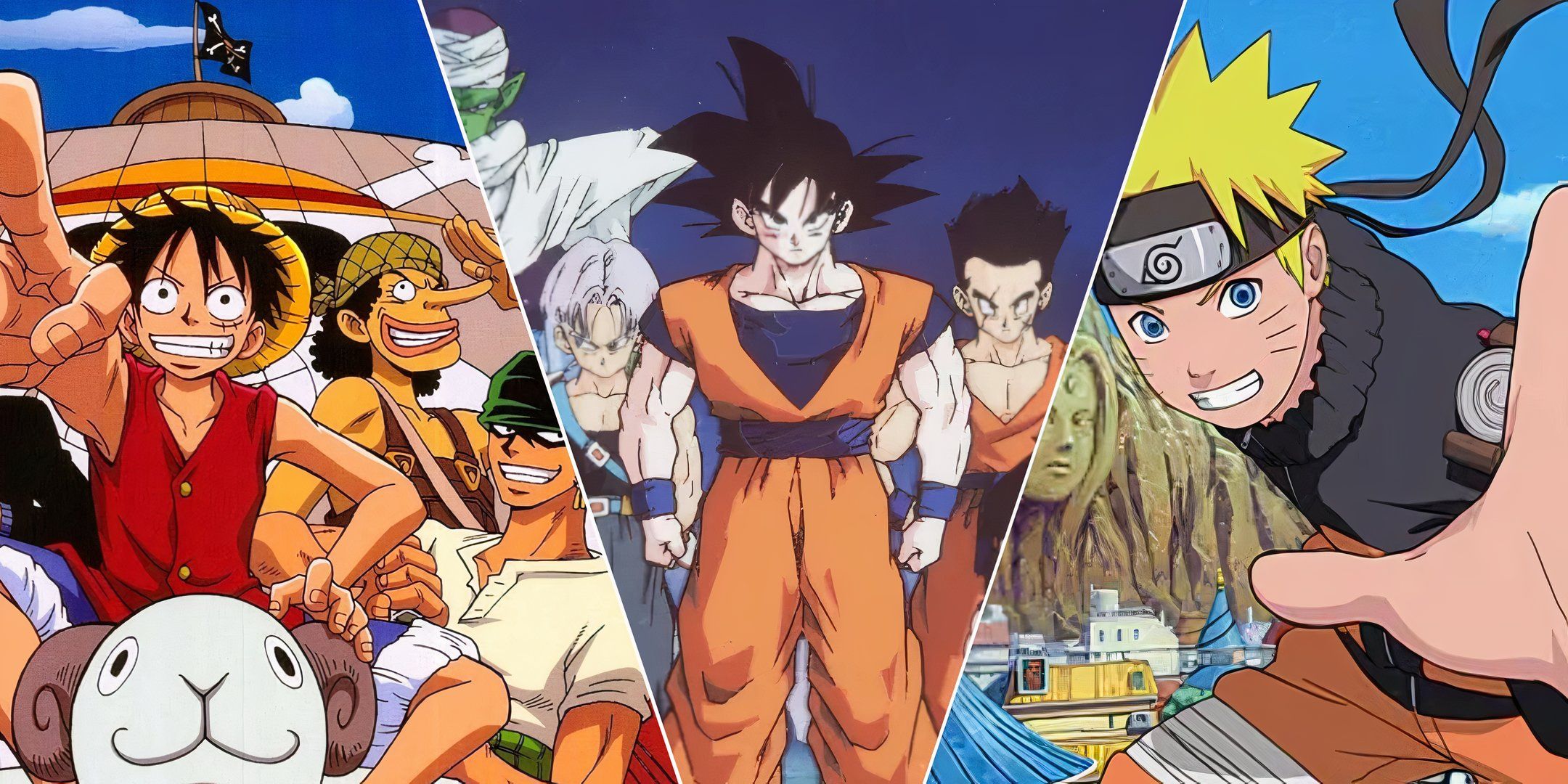
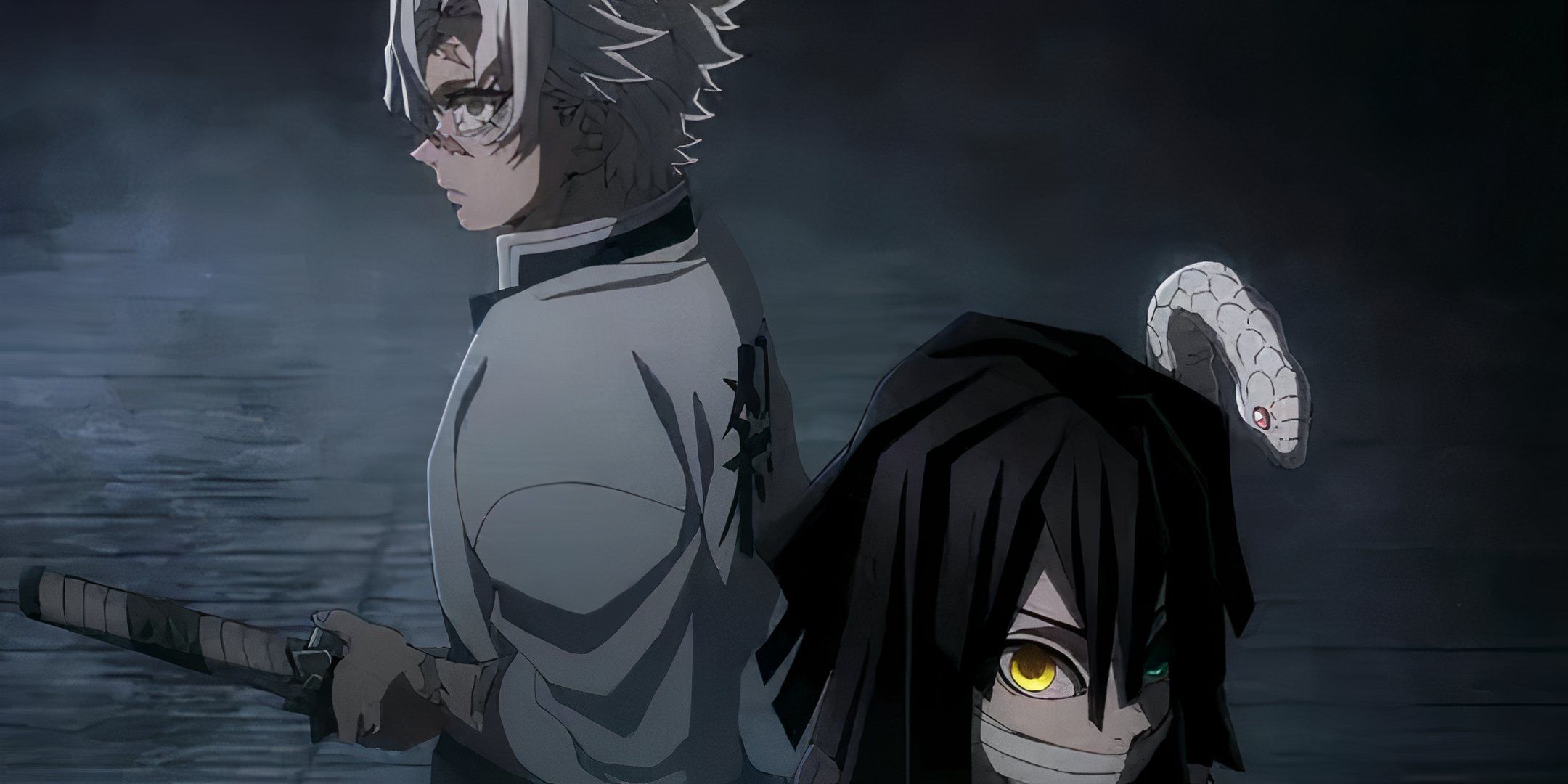
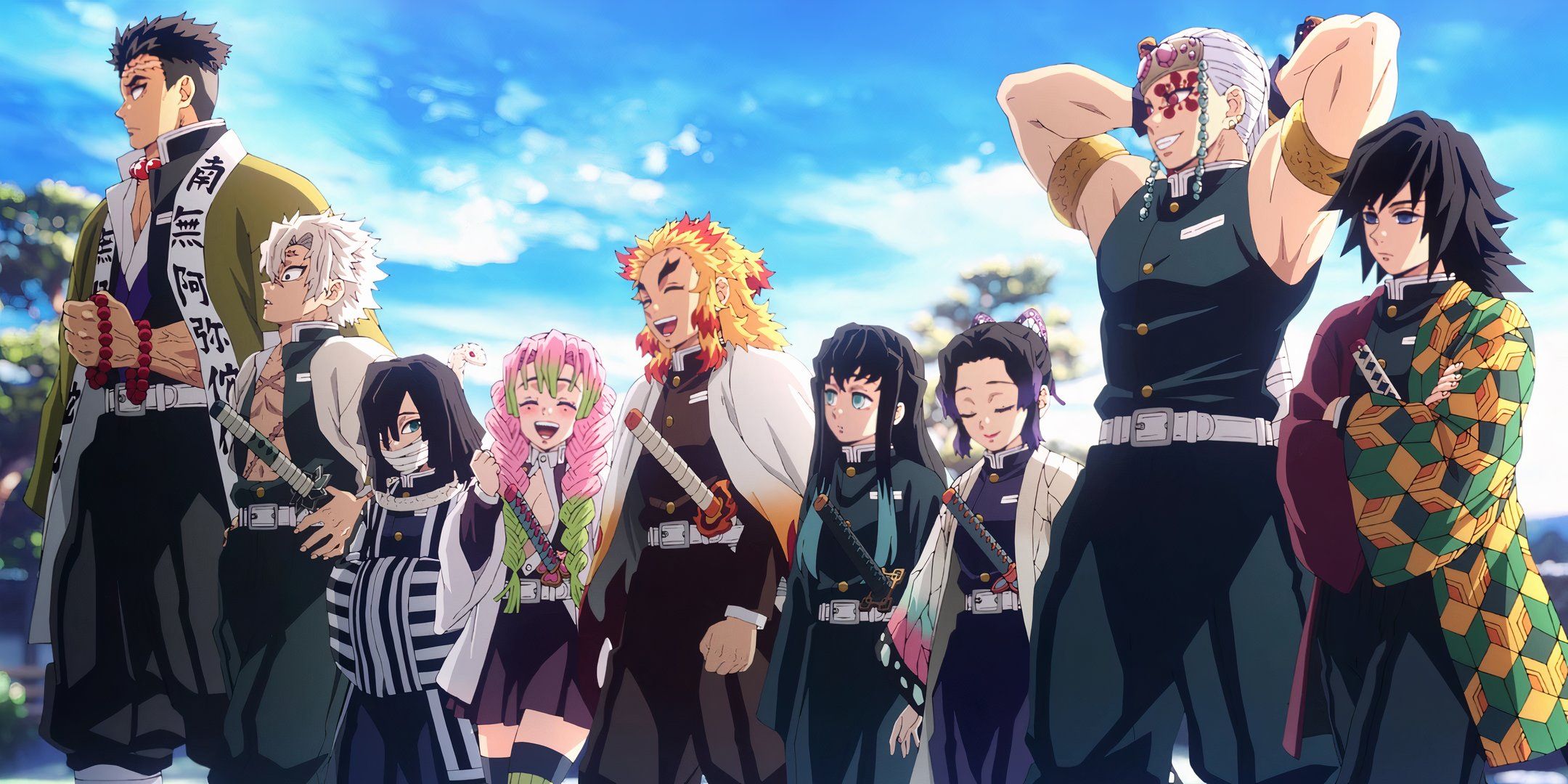
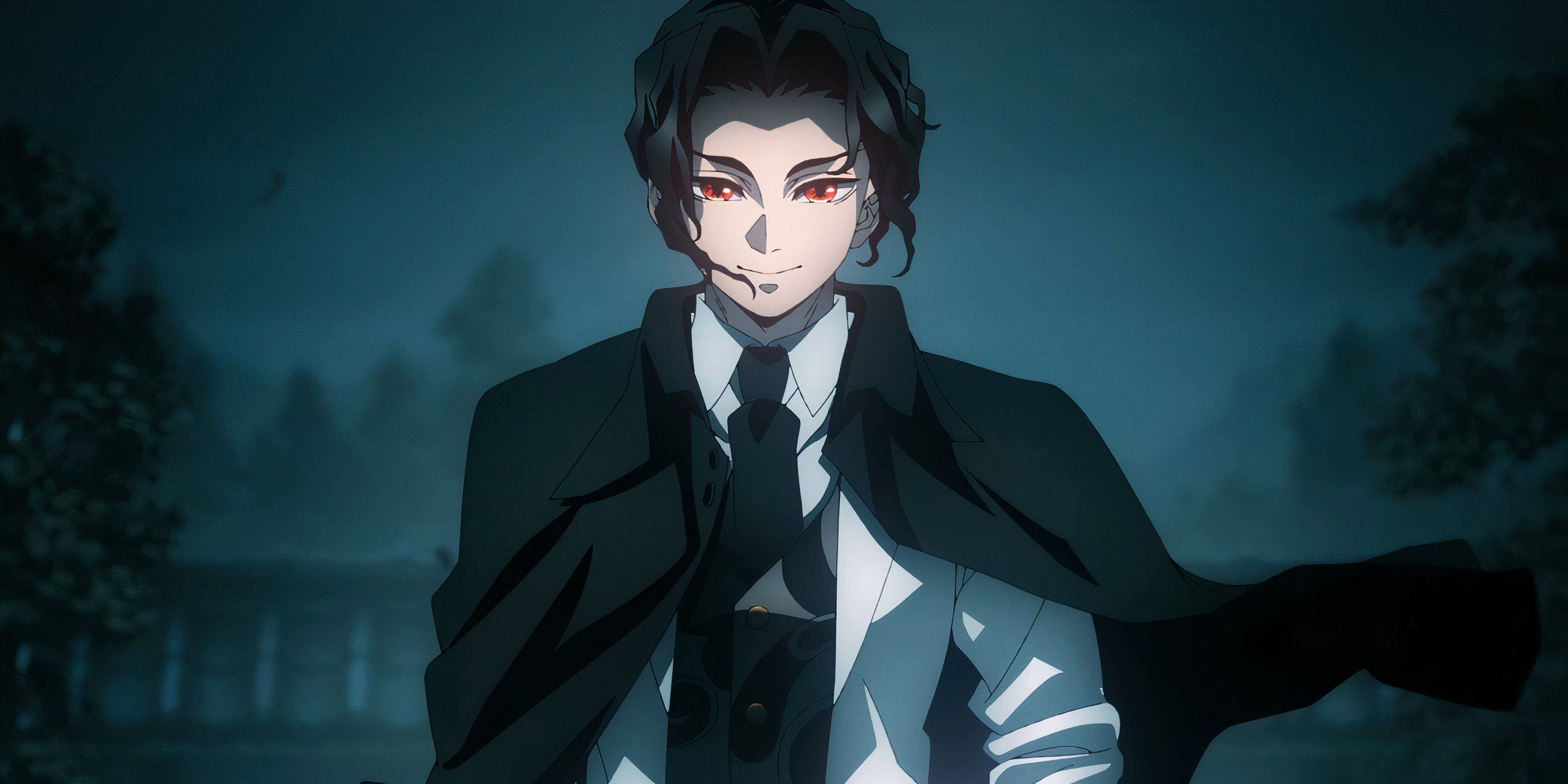
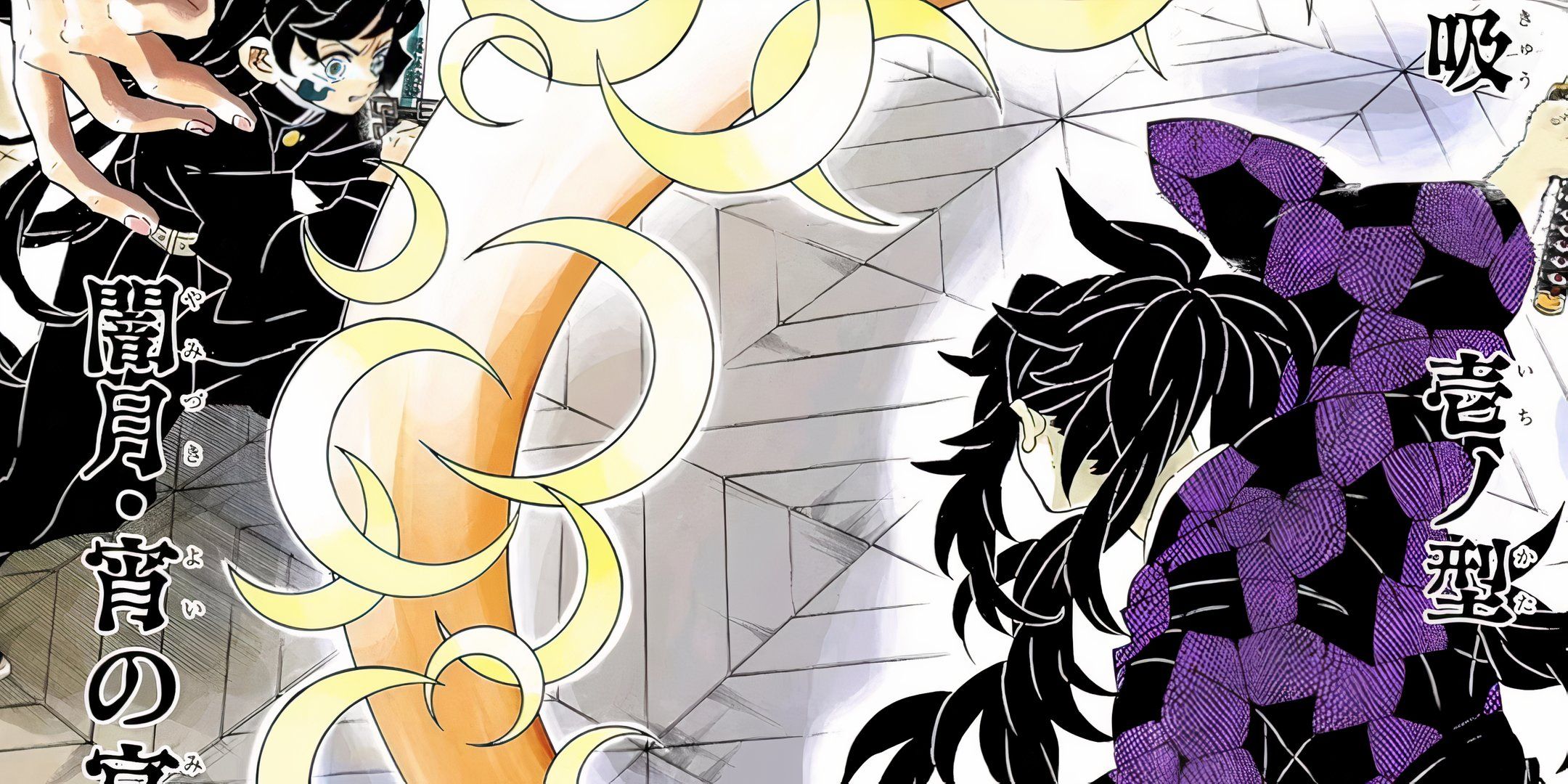
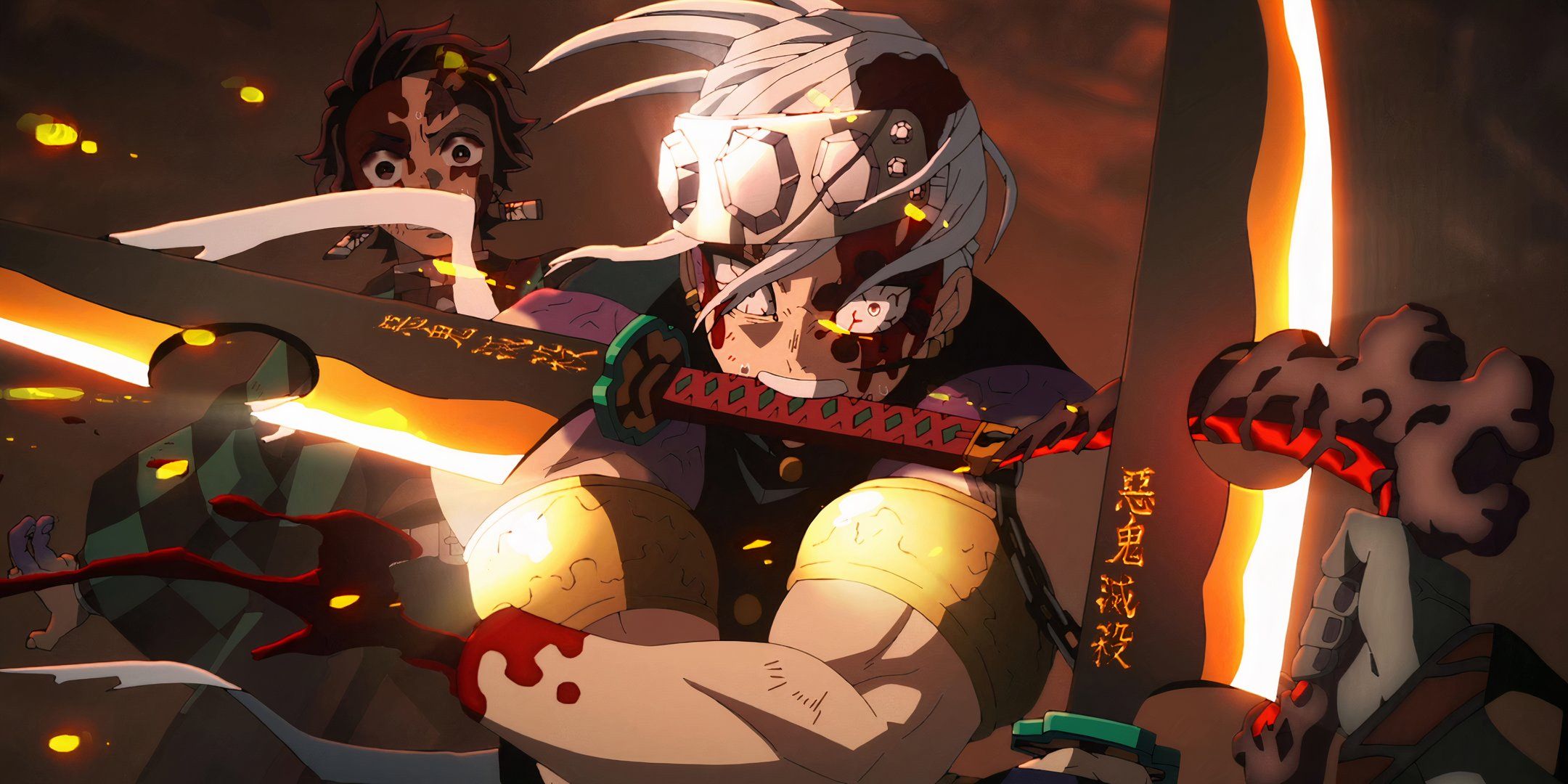
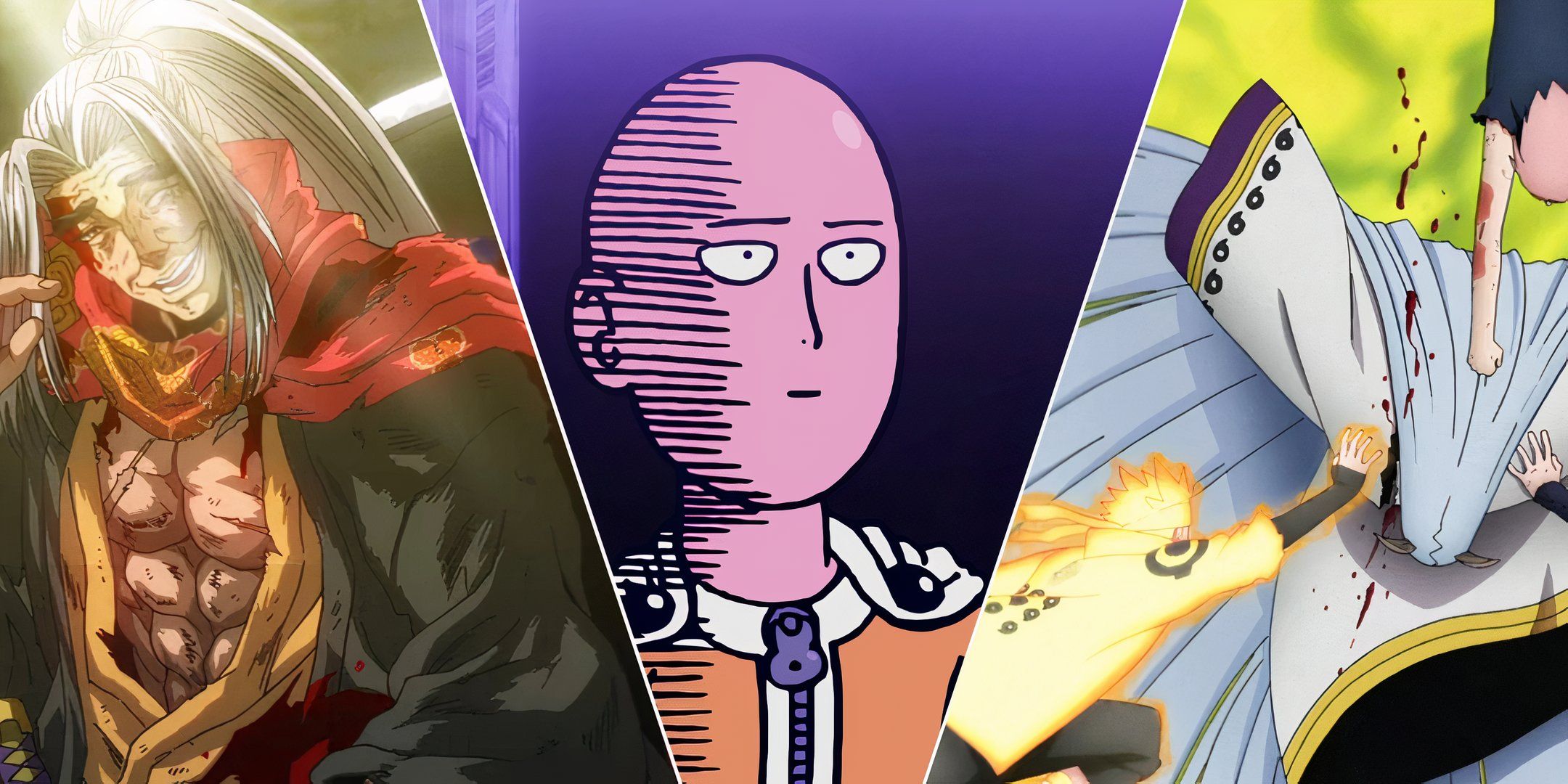
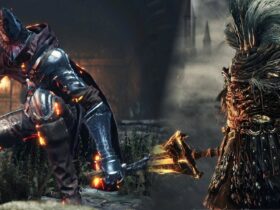
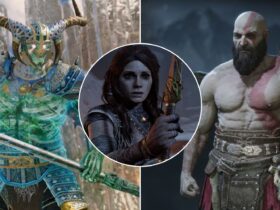
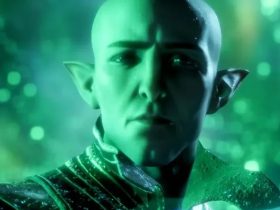
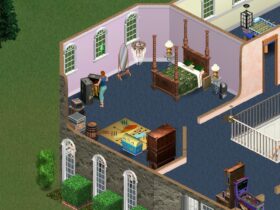
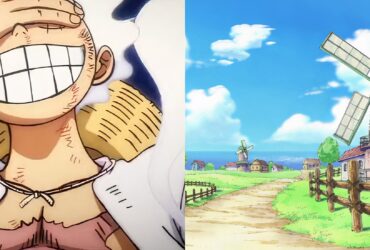
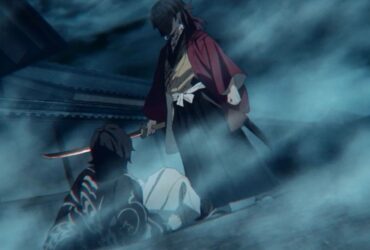
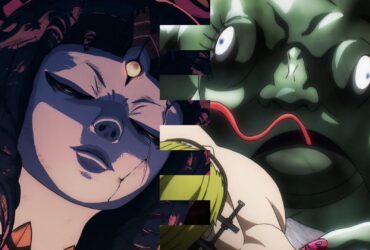
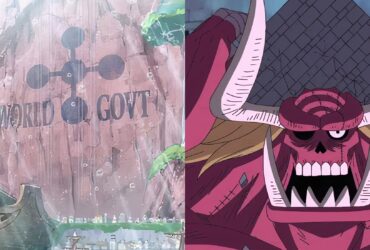
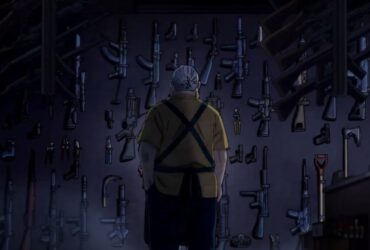

Leave a Reply